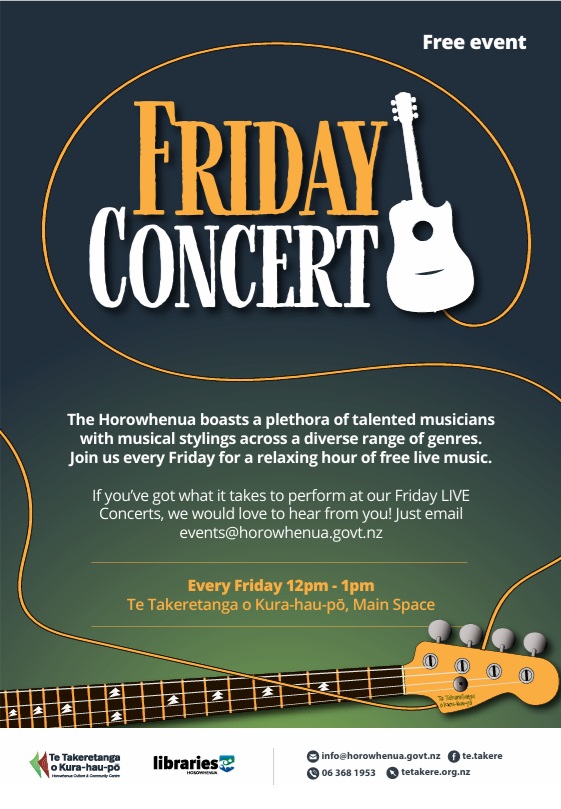
Ōhau will soon be on the map as home to an internationally renowned links golf course.
New Zealand businessman Hamish Edwards says work will start “as soon as possible” on the 18-hole course at the end of Muhunoa West Road, tipped to rank among the top 100 courses in the world.
He signed a cheque for the land last Friday. Work will start pending a final assessment by Wellington-based archaeologist Mary O’Keeffe, expected within the month. The course could open for play within two years.
Hamish says he started playing golf little more than a decade ago and “instantly fell in love with the game”.
“It’s more than just a game. It’s spending time with friends. It’s also a lesson in humility. One minute you can be great, the next minute . . . terrible,” he says.
A trip to Ireland and the experience of playing on courses more than 200 years old gave him the idea to develop a links course in New Zealand.
“I came back to New Zealand and started looking for land that would be suitable for a traditional links golf course.”
Forming Grenadier Ltd, he says they “got lucky” with a block of land at Ōhau near the beach, owned by farmer Campbell Andrews. Although used for grazing cattle and housing exotic plant species and wilding pine, the contours were already there, the land needing only a “light touch” to turn it into a golf course.
“A long time ago we identified this land as a potential site for one of the best modern links courses in the world,” Hamish says.
He had international golf course designer Darius Oliver walk the land and was heartened by his suggestion it could one day rank as one of the top 100 courses in the world.
“From there we needed to make sure everyone was happy – iwi, the community, the council,” he says. “We sat down with HDC and they were supportive in that it would be a great thing to have happen in Horowhenua.”
The land wasn’t flagged as a site of significance in the district plan, but the resource consent process unearthed that an unspecified area of the land was wāhi tapu and of high spiritual value to tangata whenua.
Ngāti Kikopiri and Muaūpoko Tribal Authority signed memorandi of understanding early in the engagement, but Ngāti Tukorehe initiated a judicial review, objecting to the initial consent granted by HDC. The High Court declined the review.
Hamish says an area of 2.6 hectares inland from the Ōhau River mouth will be ecologically restored and cordoned off to respect the wishes of iwi with historic links to the land.
“Anyone visiting the course will be aware of its significance,” he says.
A kaitiaki forum involving iwi representatives met earlier this week with a team from Grenadier to lay the foundations of the relationship. A unique aspect of the course is that it could tell the story of the land and its history. The role of the forum is to recognise and provide for kaitiakitanga (guardianship) during land disturbance, vegetation removal and ecological restoration.
Initial work on the course would remove exotic tree and plant species and plant more than 185,000 locally sourced native species.
“The net ecological result will be to improve and enhance the land. It will be a shining example of dune restoration and ecological improvement on this coastline.”
Grenadier has a lease on a section of reserve land neighbouring the farm – the purchase agreement with the farm owner was conditional on the lease of that land.
HDC granted Grenadier a 33-year lease last month, with two 33-year rights of renewal, paving the way for settlement.
“That would have been a deal-breaker,” Hamish says.
A part of their responsibility as lessee, Grenadier will restore and maintain an overgrown public pathway accessing the beach within the wider reserve.
The golf course would be a boost for the local economy, the entire project estimated to cost as much as $50 million.
“We don’t really have a budget for it. It’ll be an open chequebook – we just want to do it right . . . it will take time to remove exotic trees and rubbish and plant with native species.
“The fun begins.”
Estimates are that at peak construction the project will have more than 80 people directly or indirectly employed full-time.
The project is estimated to be worth $32.3m to the local economy – including $17.7m in wages and salaries, and attracting 18,000 guests a year.
Plans include a clubhouse, restaurant, bar, practice facilities and a small amount of accommodation. Although the course would be top notch, Hamish hoped to keep a round within reach of the average golfer.
He remains critical of the Resource Management Act and a process that “cost everyone involved a lot of time and money”.
“I’d never done this before. I’m not a property developer,” he says.
He estimated it had cost $1.5 million and taken four years to “basically be back where we started” after a series of court hearings and judicial reviews.
OTHER STORIES








